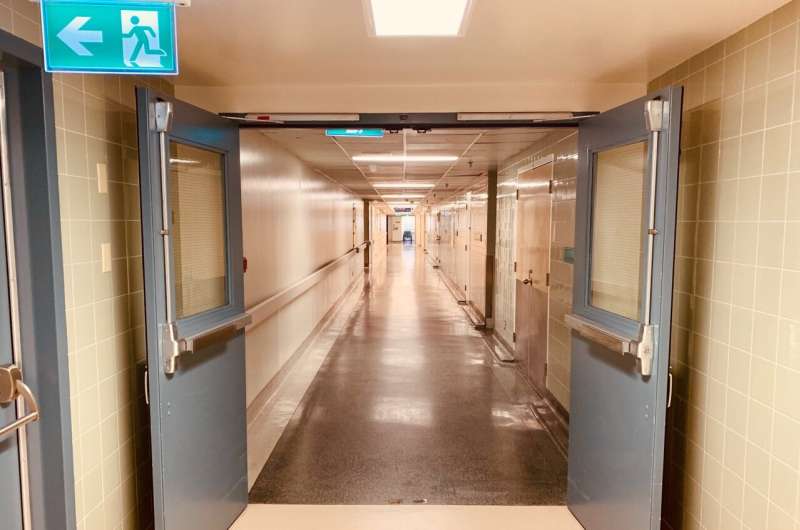
Subsidies from the federal government kept hospitals across the U.S. afloat during the first year of the COVID-19 pandemic, effectively defraying income loss even for the most vulnerable medical centers, researchers from the Johns Hopkins Bloomberg School of Public Health report in a new study.
The study, published May 13, 2022 in JAMA Health Forum, is one of the first investigations into how billions in U.S. government subsidies affected the financial viability of hospitals during this public health crisis—knowledge that could help policymakers decide whether and how to issue future subsidies during this pandemic or others that may arise.
For their analysis, the researchers compared hospital operating and profit margins at 1,378 U.S. hospitals from the three years preceding the pandemic—January 2016 to December of 2019—to the first year of the pandemic—January to December 2020. The researchers used CMS Hospital Cost Reports for hospitals’ overall profit margin (the amount earned from all income sources) and operating margin (the amount earned specifically from patient care).
The study found that in pre-pandemic period, hospitals overall lost an average of $1 for every $100 earned from patient care activities, leading to an operating margin of negative 1 percent. In 2020, that number dropped to between $7 and $8 lost per every $100 earned, an operating margin of negative 7.4 percent.
For government, rural, and smaller hospitals, which often operate on the edge of financial viability, the average overall profit margin stayed stable or improved during the first year of the pandemic due to COVID-19-related subsidies. From 2019 to 2020, the average overall profit margin increased from:
- 3.7 percent to 7.2 percent for government hospitals
- 1.9 percent to 7.5 percent for rural hospitals
- 3.5 percent to 6.7 for small hospitals.
“Hospital operations were really hit hard during the pandemic. Our study shows that the relief funds provided an important lifeline to keep financially weak hospitals up and running,” says Ge Bai, Ph.D., CPA, a professor in the Bloomberg School’s Department of Health Policy and Management. She is also a professor of accounting at the Johns Hopkins Carey Business School.
When COVID-19 gained traction in the U.S. in early 2020, hospital operations changed significantly. Patients often deferred elective procedures and appointments that weren’t urgent, and many hospitals had to restructure their facilities to treat an influx of patients with COVID-19, a significant portion of whom were uninsured.
During the public health emergency, the federal government provided $175 billion in subsidies to hospitals across the country, largely through the Provider Relief Fund and the COVID-19 Uninsured Program.
“Hospitals that tend to serve socioeconomically disadvantaged patients and more who are uninsured are the most vulnerable to financial losses,” says first author Yang Wang, Ph.D., a doctoral student in the Bloomberg School’s Department of Health Policy and Management. “But the extra federal funding helped them stay operational.”
“COVID-19 and Hospital Financial Viability in the U.S.” was co-authored by Yang Wang, Ge Bai, and Gerard Anderson.
Johns Hopkins University Bloomberg School of Public Health

